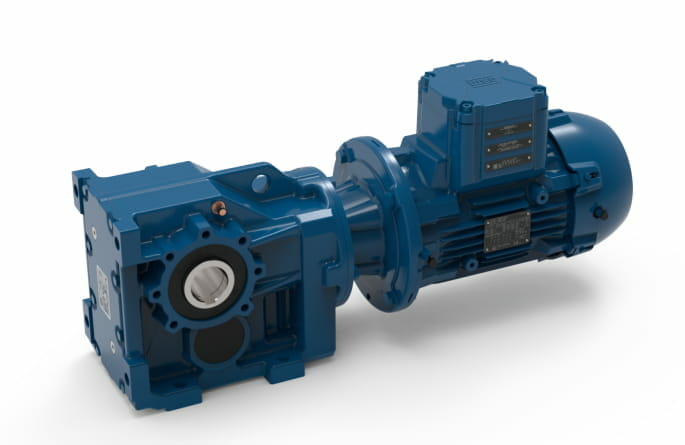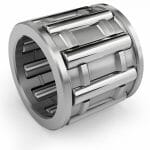~ Analysing the technical specifications of a motor ~
Technical specifications are fundamental for choosing the right gear unit. The more clearly defined, the better. Here, Marek Lukaszczyk, European marketing manager at motor and drive manufacturer, WEG, explains why plant operators must analyse the line voltage versatility of a geared motor before a purchase.
Gears are an important component in drive trains and are used alongside electric motors to set machines and systems in motion. Operators must consider several essential aspects to ensure the technology guarantees high plant availability and an optimum cost-to-benefit ratio.
To assess the cost-effectiveness of a geared motor, engineers must analyse the key technical criteria of the gearbox and its areas of application. For example, for applications in challenging locations, such as heavy-duty industries like oil and gas and chemical, specialised designs are required to ensure motors can operate efficiently.
If the motor needs to operate in hazardous areas, for instance, the use of suitable integral motors that comply with Directive 2014/34/EU (ATEX) is essential. Similarly, if a gear unit is set to be used in an industry like cement processing, which is synonymous with dirt and dust, the design must be able to withstand the harsh nature of this environment.
The value of versatility
Another important specification is the line voltage versatility of a geared motor. A geared motor that is powered with a three-phase power supply from the grid must tolerate a certain amount of variation in the voltage and be able to handle changes in voltage without sustaining damage.
However, there is no global standard line voltage for motors, as it varies depending on the country. For example, in Germany it is 400 V at a frequency of 50 Hz, while in the United States (US) it is 480 V at 60 Hz. Therefore, when purchasing a geared motor worldwide, plant managers should use a switchable integral motor that is suitable for most world voltages, ranging from 110–690 V – 50/60 Hz.
A versatile motor, such as the EUSAS motor (Europe, USA and Asia) from WEG, covers a range of line voltages for use in major markets. Thanks to the large voltage range and simple voltage switching in the terminal box, the motors offer the flexibility required to be used globally for a variety of line voltages (110 V to 690 V) and frequencies (50 Hz and 60 Hz).
Several asynchronous motors are limited in voltage switching due to their winding design, this can reduce the expense. For plant operators, this means that a suitable motor must be used and stocked for any level deviating from the international standard IEC 60038, the standard which defines a quantity of line voltages from the low-voltage range for use in power supply systems.
More power, more speed
Geared motors are also often used in speed-controlled drive trains. In frequency inverter operation, a gear unit used in combination with an integral motor — like the EUSAS — offers double the speed and double the power, with constant torque.
This is because a stator winding, which produces the rotating magnetic field, allows a constant torque to be maintained over the entire speed range of the motor up to 120 Hz. The winding also ensures that EUSAS motors can be operated at double power using an inverter. This saves costs, space and weight, as the same power can be achieved with a smaller motor.
Technical requirements are fundamental for choosing the right gear unit. The more clearly defined, the better, therefore plant operators must analyse the line voltage versatility of a geared motor before a purchase.
To help technical buyers choose the right motor for their application, motor specialist WEG has published a guide which can be downloaded for free here.








